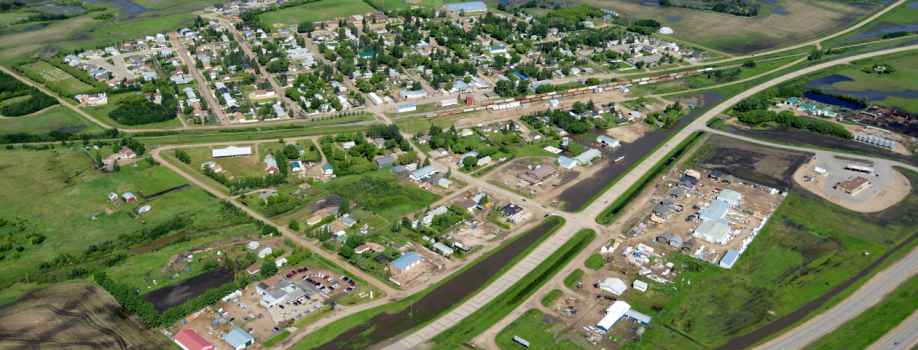By George Barnhart
Much has been written about the digital divide, often focusing on the inability to access abundant internet – a basic human right. Little attention has been given to the cultural, financial, knowledge, and geographic barriers contributing to digital inequality. These five barriers combined create digital inequality for many citizens.
In our Connected Saskatchewan series, which supports the socio-economic well-being and competitiveness of municipalities and First Nations, we addressed Digital Enablement. Volume 2, Digital Enablement describes these five barriers in more detail, along with options, examples, and solutions to overcome them. Most importantly, Digital Enablement provides an approach to developing a community digital enablement strategy. Digital Enablement Strategy
It is important to understand the significant impact that digital inequality has on socio-economic well-being. The Boston Consulting Group has issued a series of reports on the Sustainable Economic Development Assessment (SEDA), which outlines how digital inequality negatively impacts community well-being.
It is not just about the technology itself, but about what the technology enables. The enablers of socio-economic well-being include information, employment, education, health, community, civic participation, and growth.
To better understand the impact of each of these enablers:
1. Information: The ability of all citizens to access and exchange information is critical to well-being in many ways. Finding job opportunities and utilizing social resources and services are increasingly available with access to the Internet. Digital inequality limits the ability of many to improve their circumstances.
2. Employment: Digital inequality barriers make it challenging or impossible for many to apply for jobs, work remotely, or gain fundamental digital skills, thus accelerating the cycle of poverty.
3. Education: Access to a digital learning environment is a fundamental requirement, especially in light of our collective experience with the COVID-19 pandemic. The consequence of limited access is reduced job prospects.
4. Health: Access to remote health care services and health information dramatically improves quality of life. Digital inequality limits the ability to enhance health outcomes for a substantial portion of the population.
5. Community: The lack of access to the internet, and digital social supports can lead to isolation, reducing community cohesion and community engagement.
6. Civic Participation: In a democracy, digital inequality limits civic engagement and reduces civic information, resulting in a disconnection to elections and community initiatives.
7. Economic Growth: Regions with high digital inequality often struggle to attract businesses, as companies seek areas with a tech-savvy workforce. This can lead to stagnation in local economies.
Socio-economic disparities exist, but digital inequality exacerbates these disparities. Communities must address digital inequality for economic growth, prosperity, and well-being.
Every community needs a digital enablement strategy.


